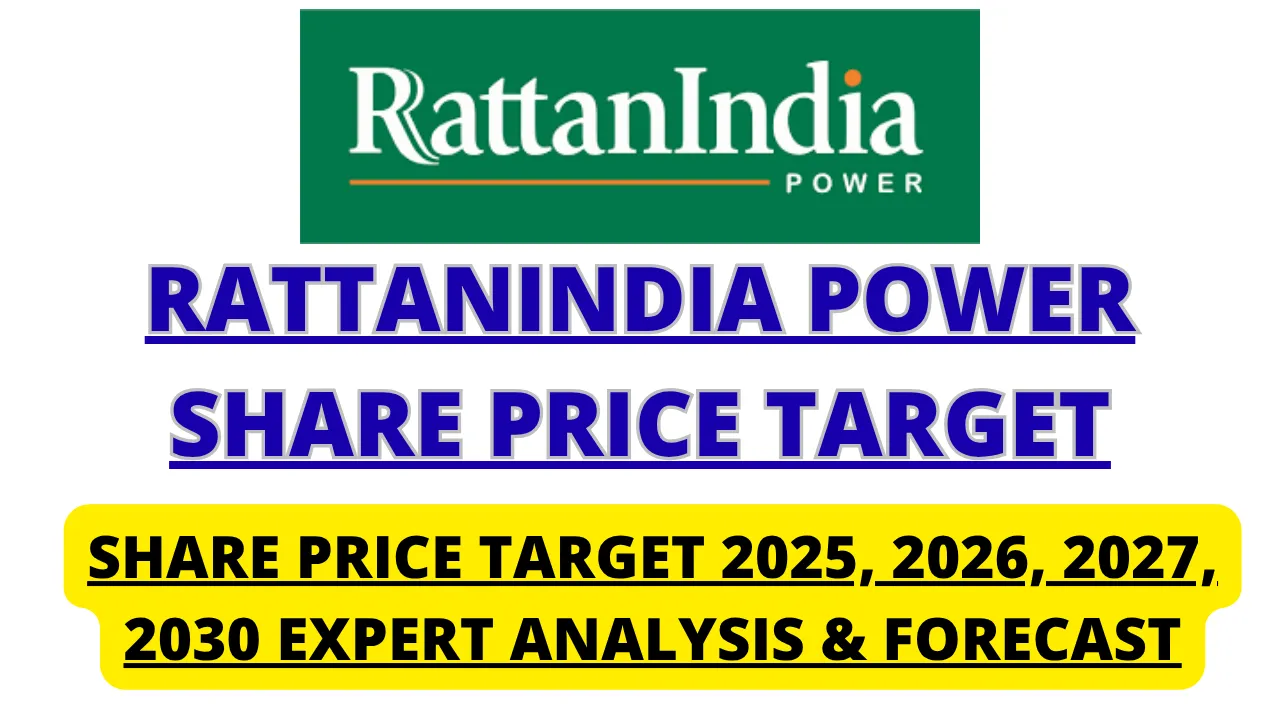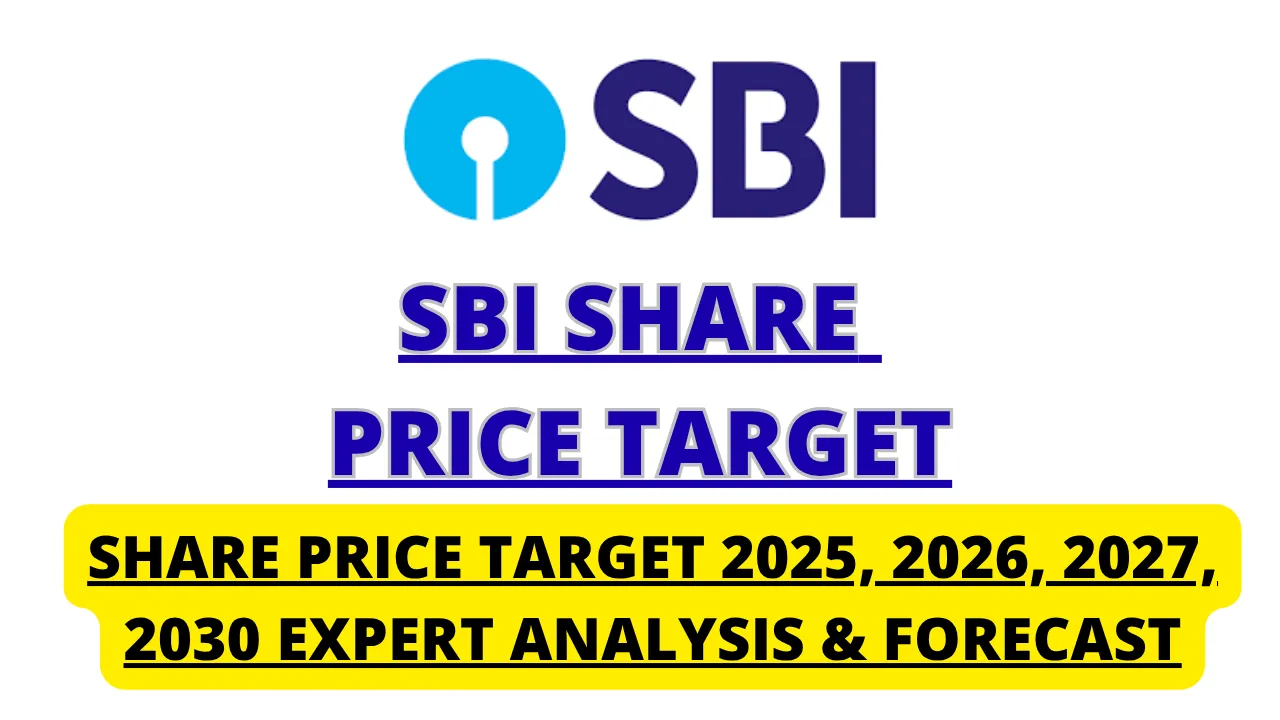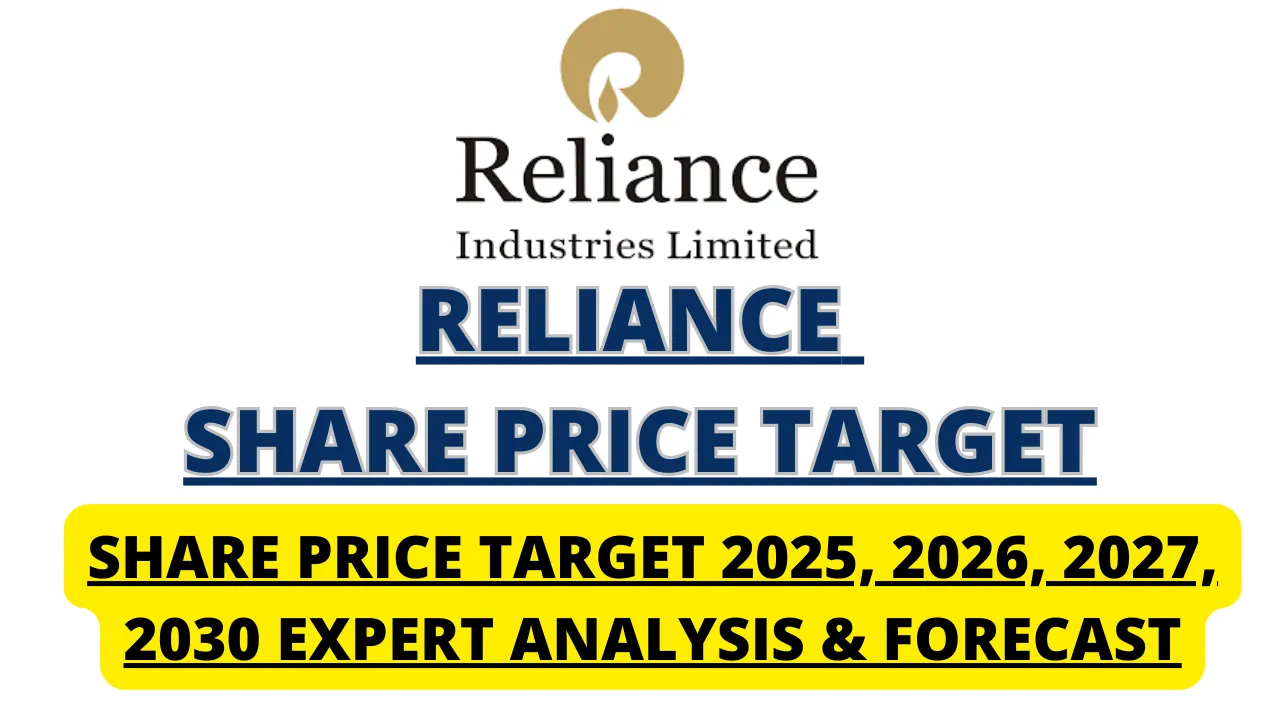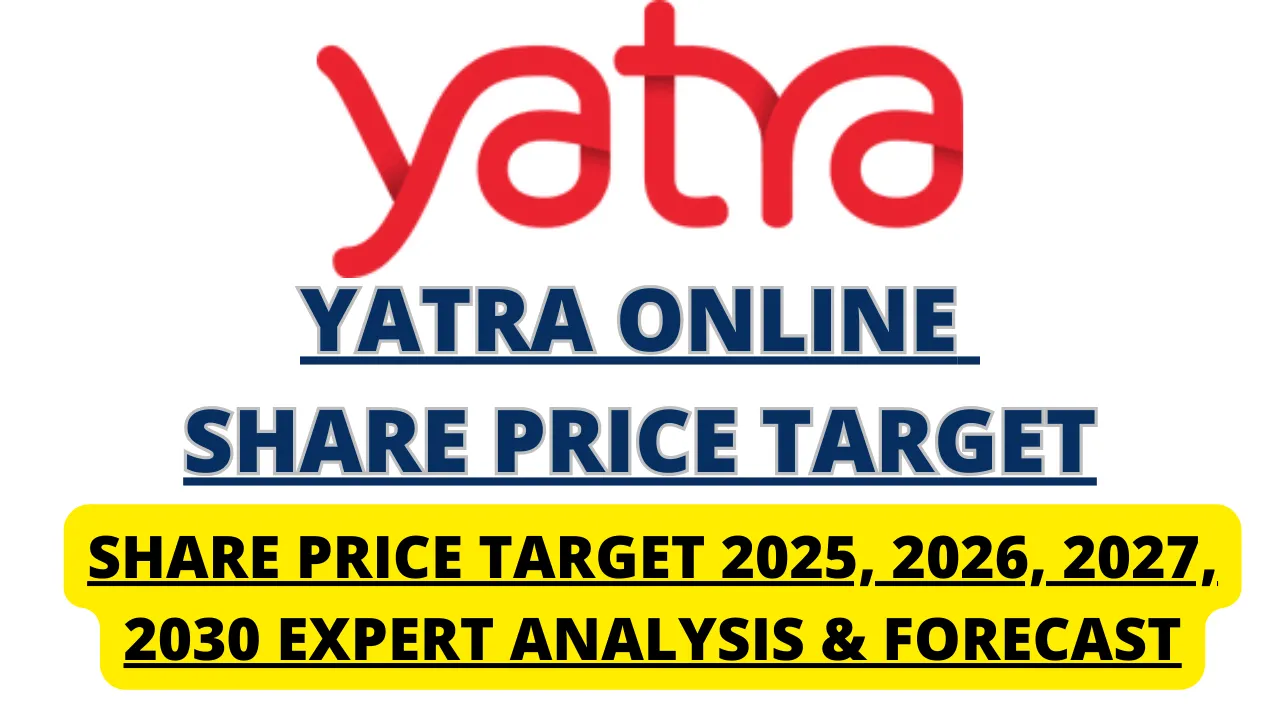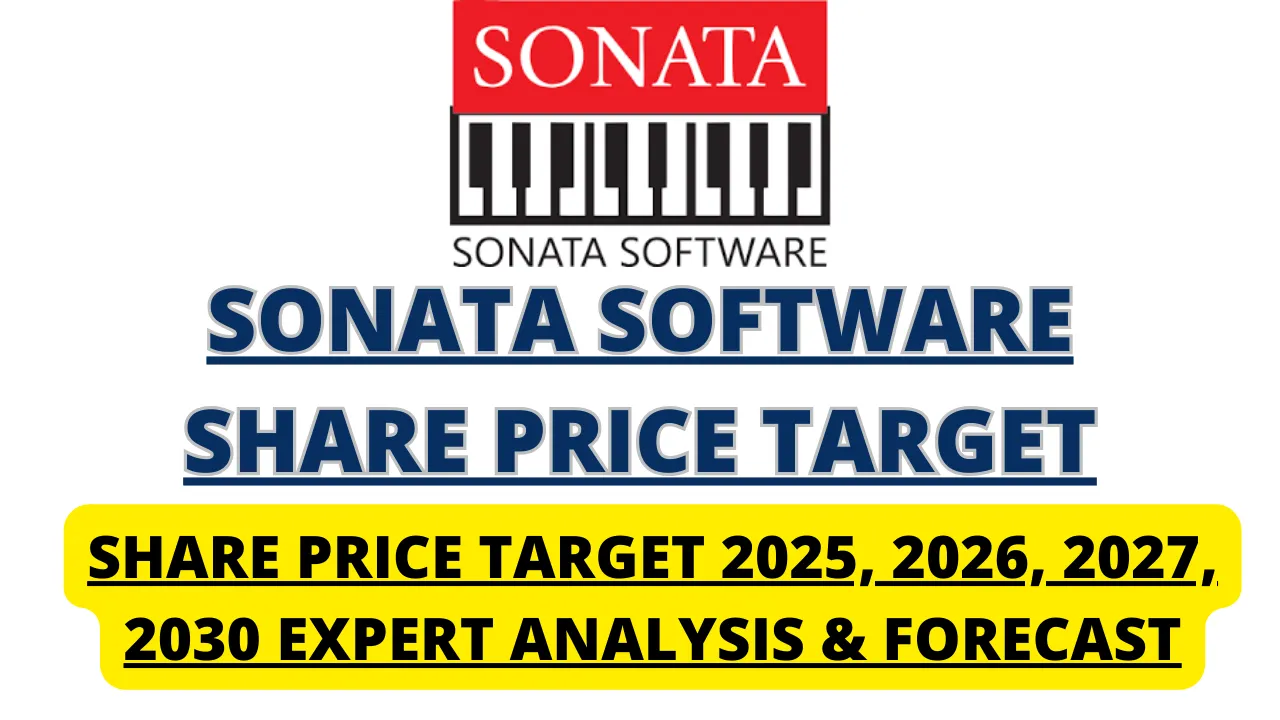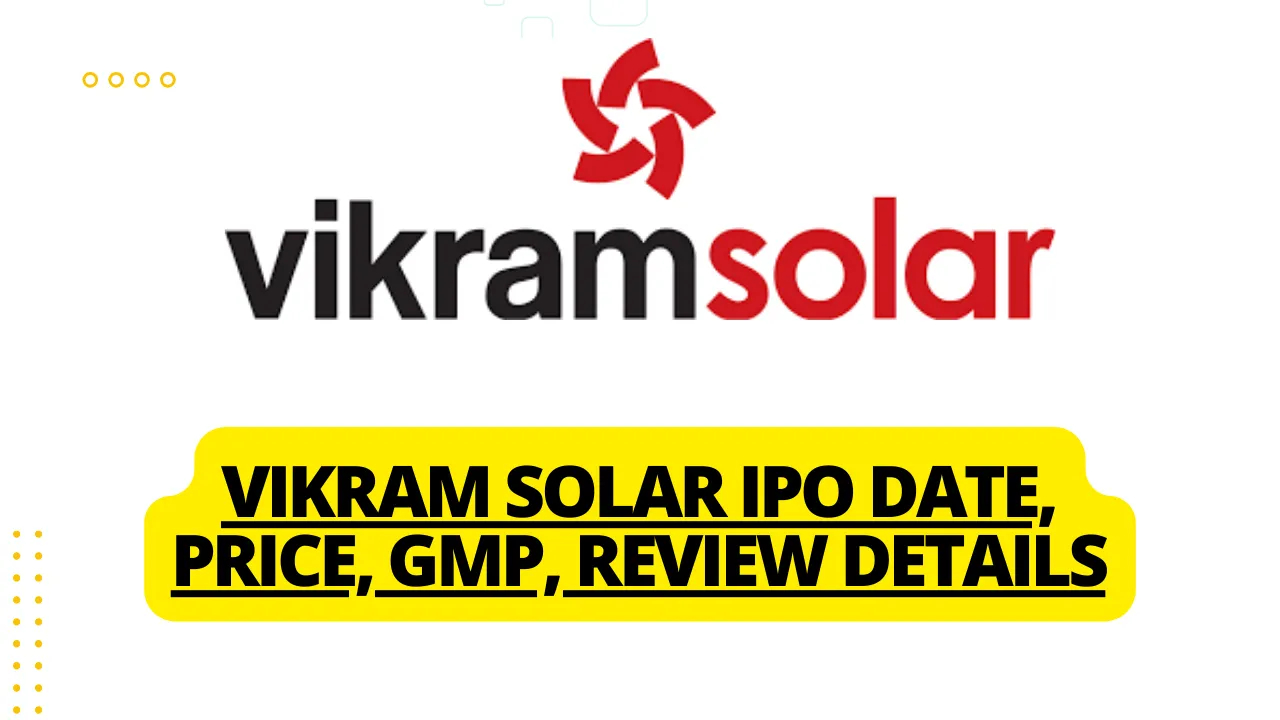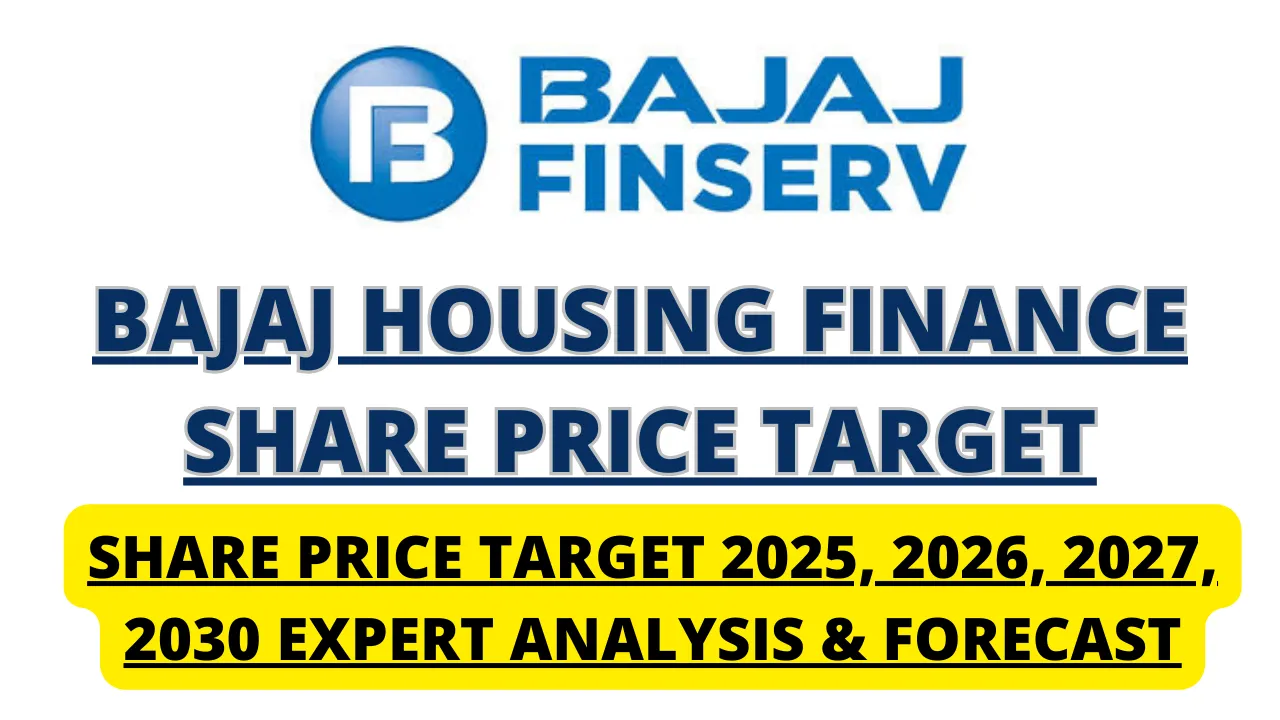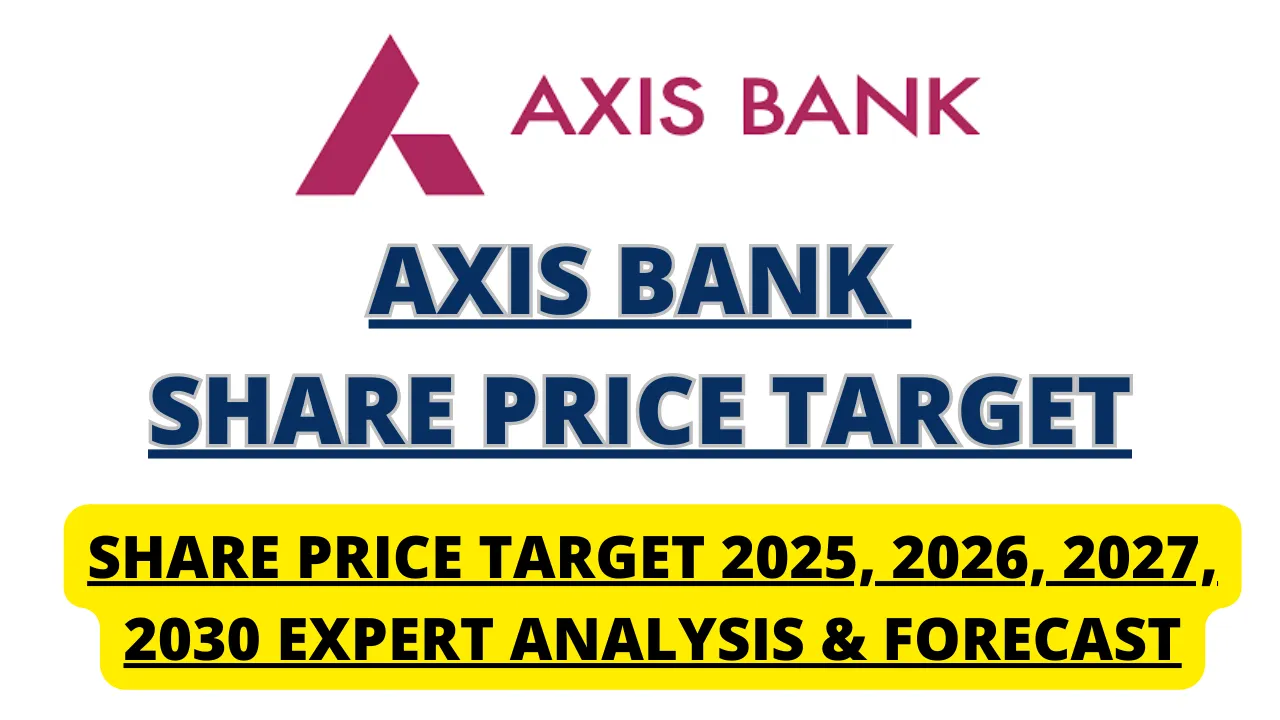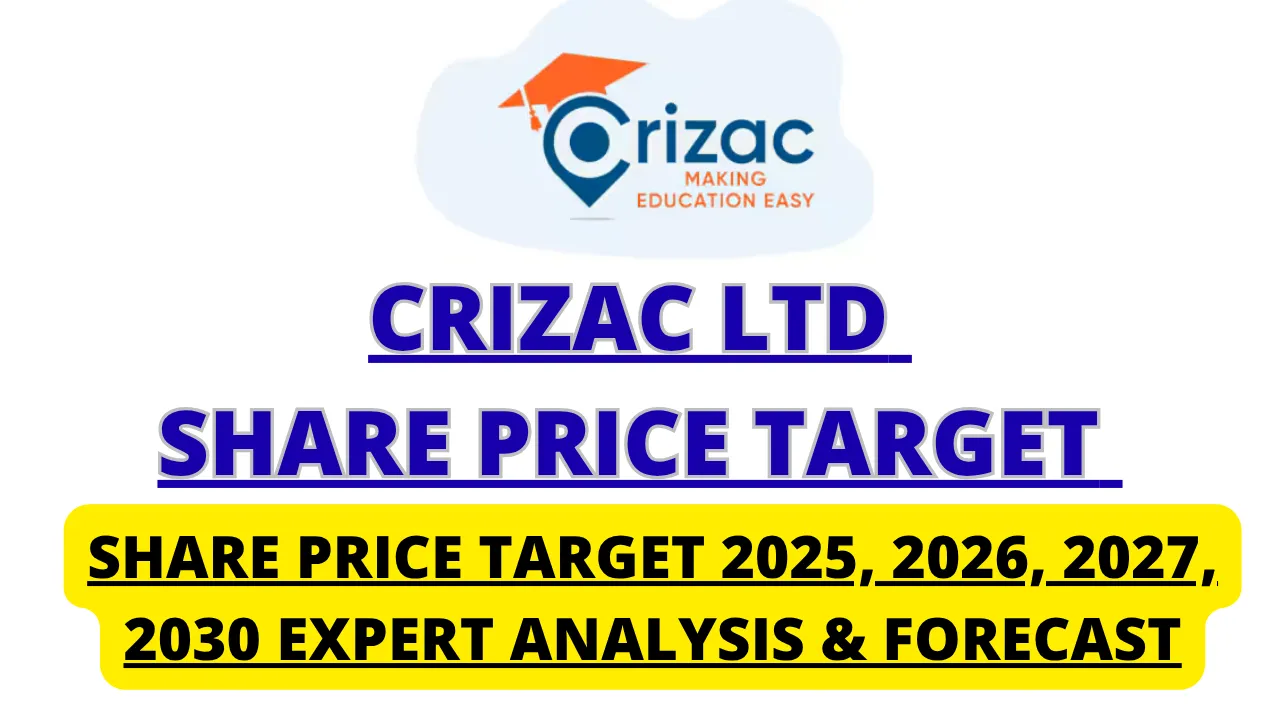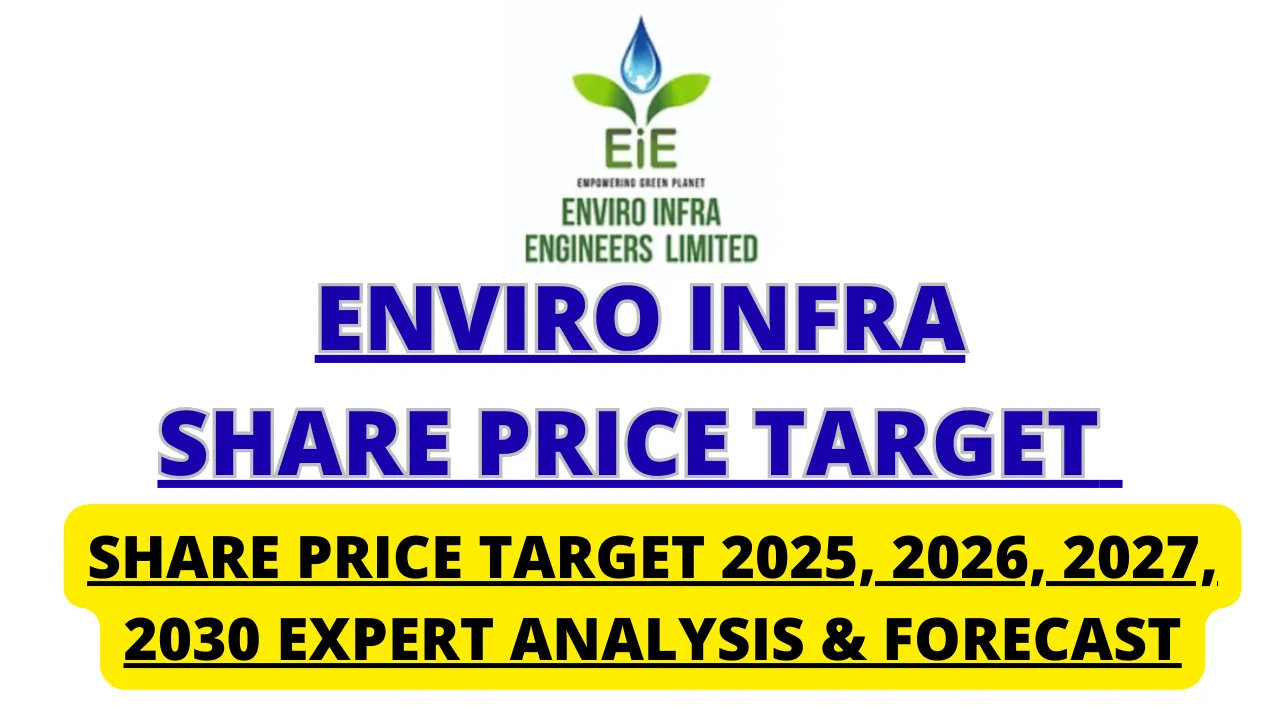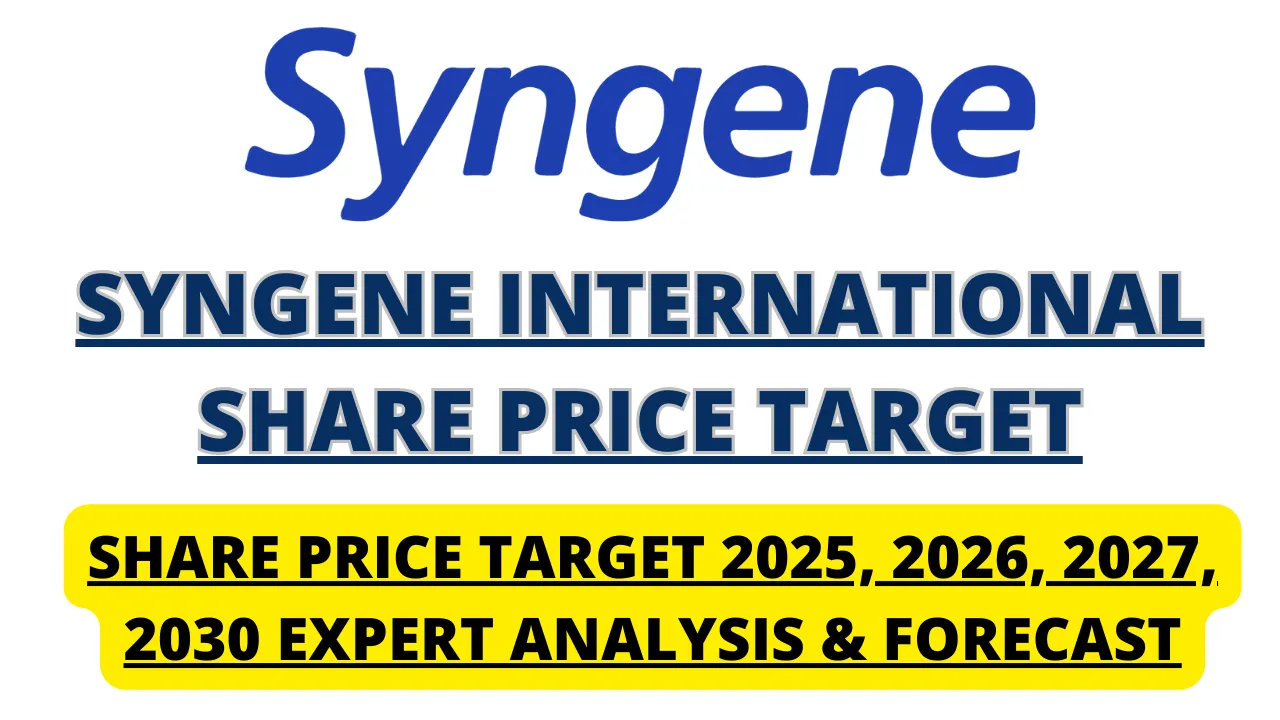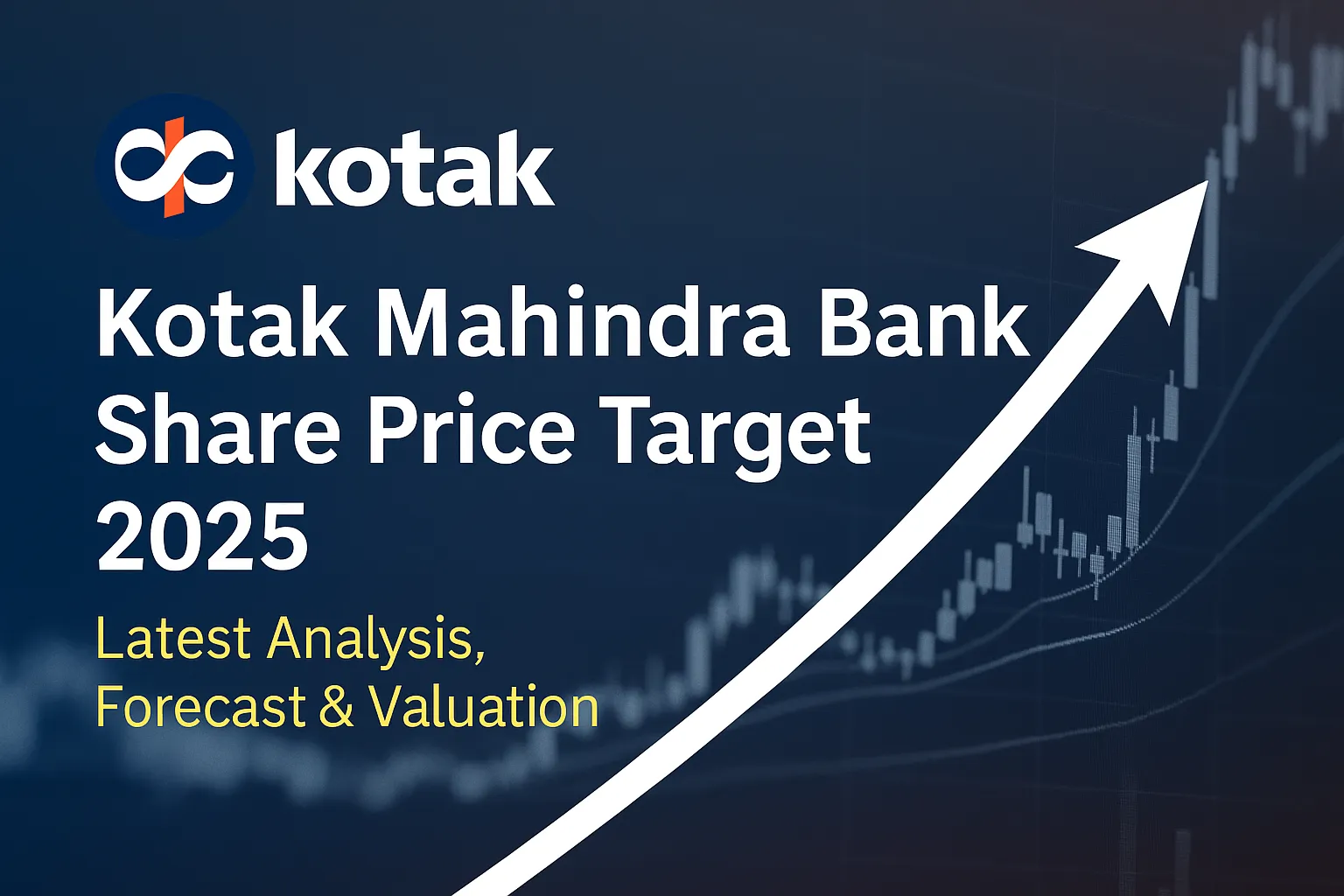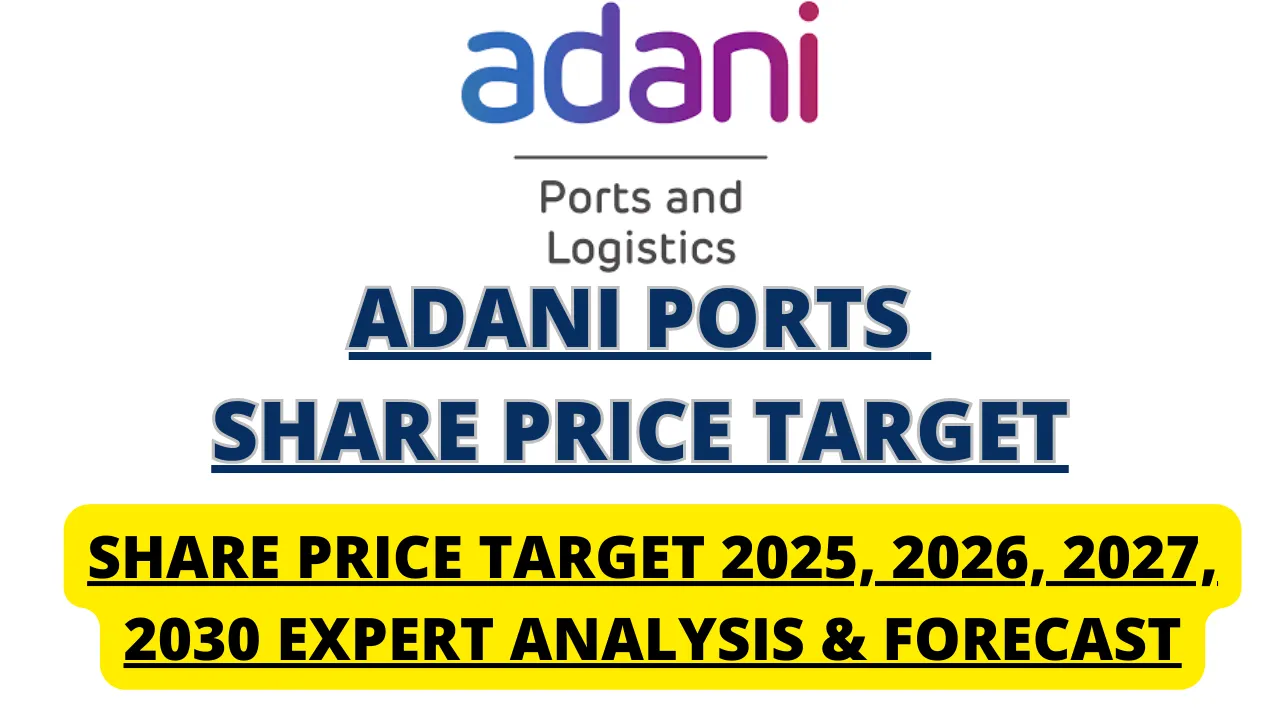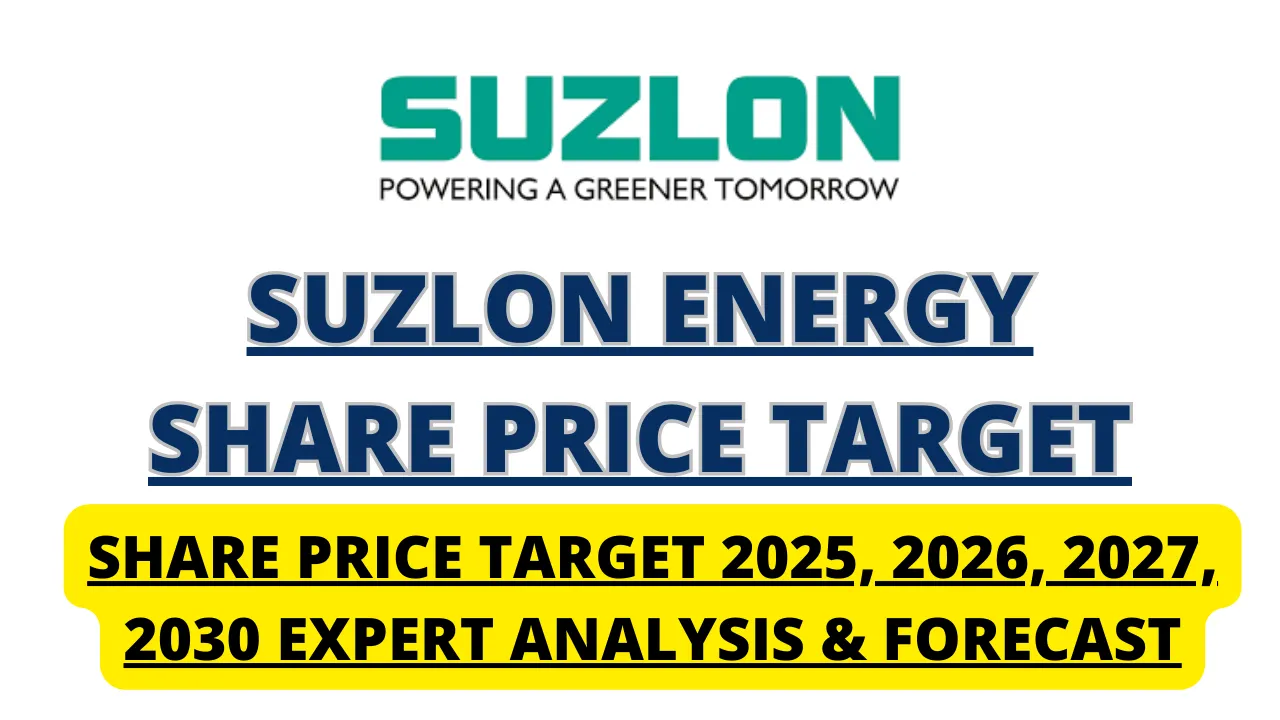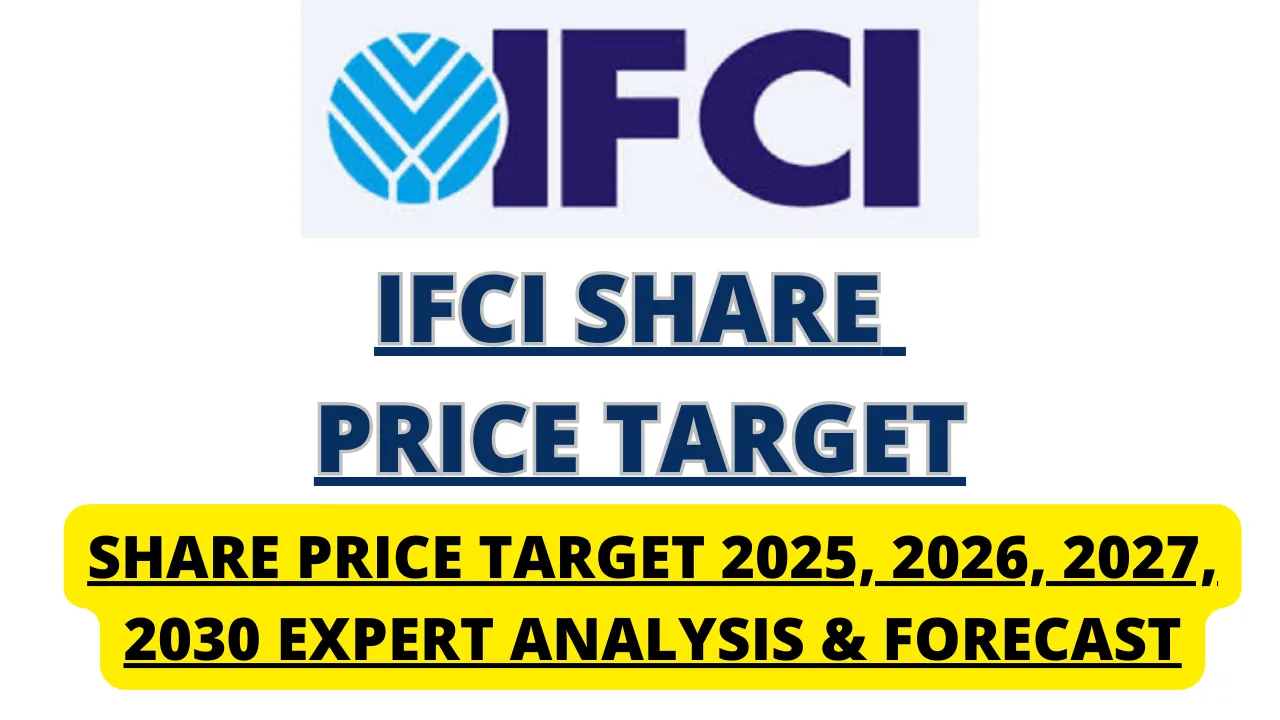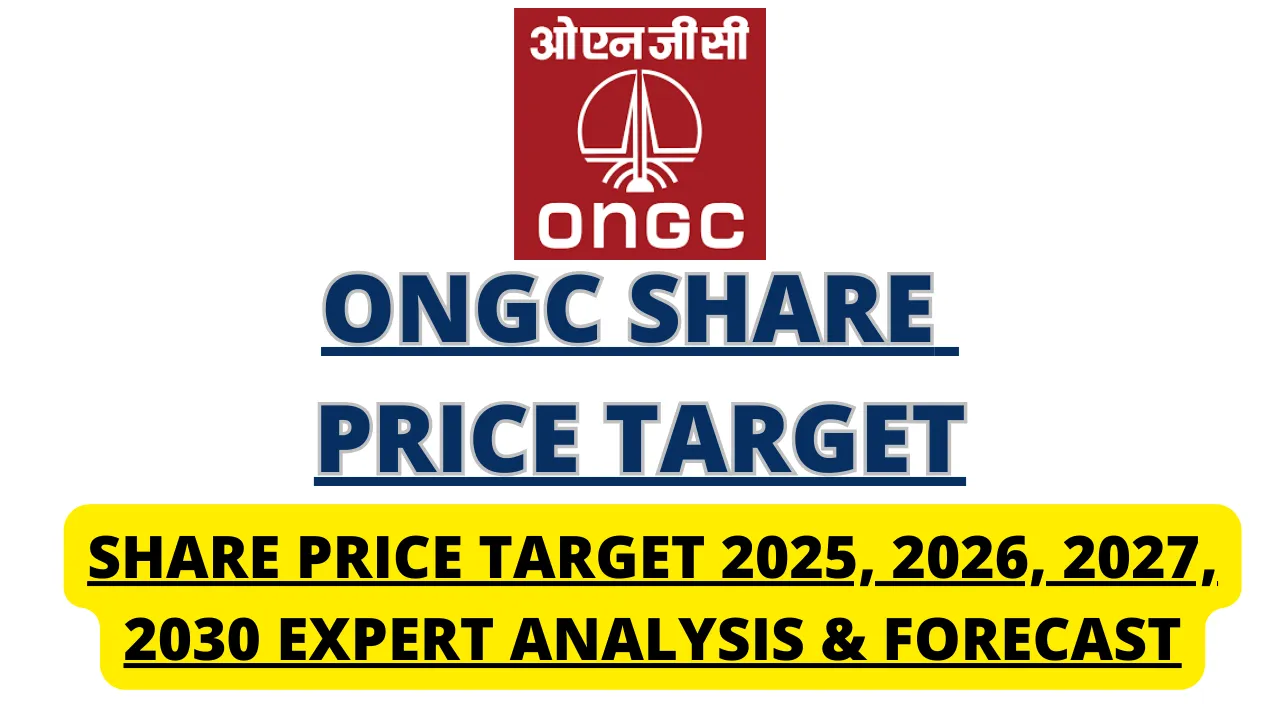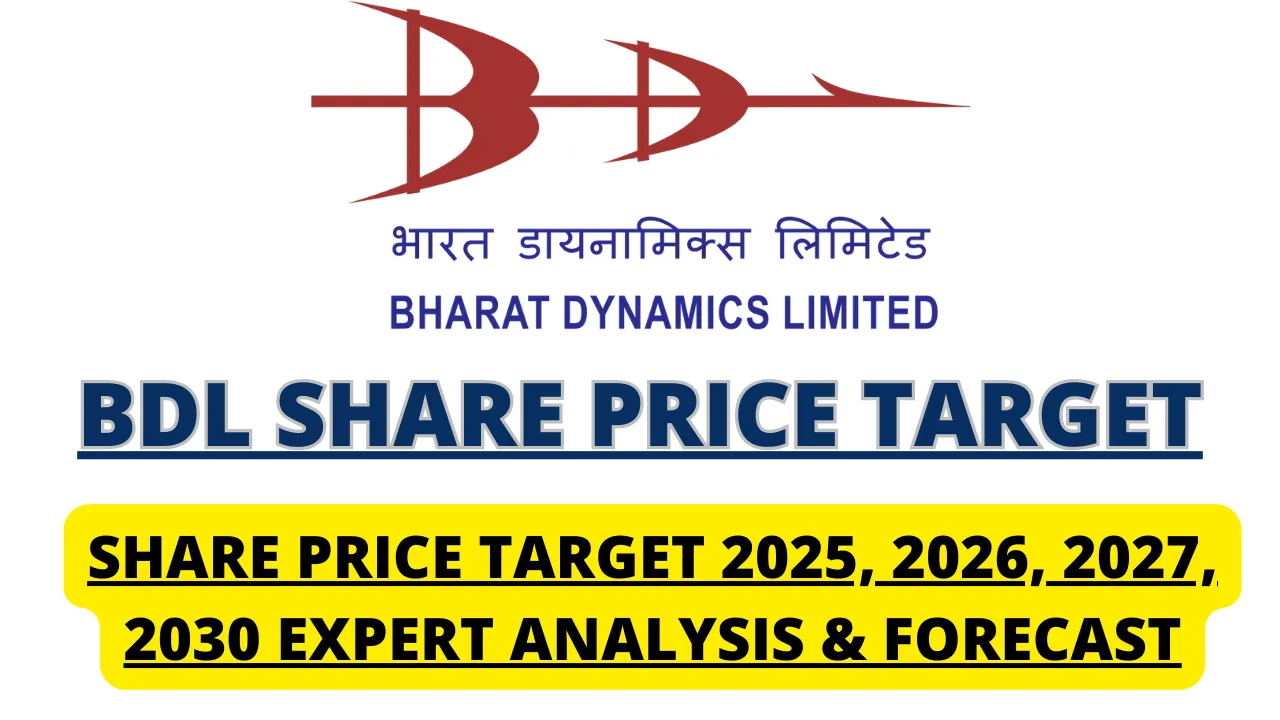RattanIndia Power Share Price Target; RattanIndia Power Ltd (NSE: RTNPOWER) is a private energy company operating two coal-based thermal power plants in Maharashtra—Amravati and Nashik—each with 1,350 MW of capacity. It has shifted its focus away from solar generation and now includes EV mobility through its acquisition of Revolt Motors. As of mid-2025, the stock trades around ₹14, having declined sharply from higher levels amid volatile sector dynamics.
Here’s a detailed forecast for share price performance from 2025 to 2030, analyzing financials, market context, and sector headwinds.
RattanIndia Power Share Price Target
| Year | Minimum Target (₹) | Maximum Target (₹) |
|---|---|---|
| 2025 | 12 | 20 |
| 2026 | 18 | 35 |
| 2027 | 25 | 50 |
| 2028 | 35 | 70 |
| 2029 | 50 | 100 |
| 2030 | 80 | 150 |
RattanIndia PowerShare Price Target 2025 Outlook: ₹12–₹20
Following a sharp correction, the near-term base case expects the stock to remain range-bound. The mineral-heavy price reflects sector credit concerns, promoter debt pledging, and weak earnings. The lower end (~₹12) signals current valuation depressed near intrinsic value; a short-term bounce to ₹20 remains possible if debt metrics and earnings marginally improve.
RattanIndia Power Share Price Target 2026 Forecast: ₹18–₹35
An incremental recovery can take share price into the ₹18 to ₹35 range in 2026, if operating profit rebounds and debt servicing becomes manageable. Projected EBITDA decline in Q4 FG25 was 98%, but the company reported net profit of ₹126 crore in the latest quarter after recent net losses, suggesting a modest performance baseline. Stabilizing this trend may support a valuation recovery toward the upper range.
RattanIndia Power Share Price Target 2027 Estimate: ₹25–₹50
If thermal power utilization improves and financial discipline is maintained, the company may trade between ₹25 and ₹50 in 2027. This assumes:
- Improved plant load factor (PLF) in the 60–70% range;
- Consistent quarterly profits; and
- Gradual reduction in interest burden.
Debt restructuring, improved collection days, and optimized operations remain key to sustaining recovery sentiment.
RattanIndia Power Share Price Target 2028 Projection: ₹35–₹70
In 2028, the stock could reach ₹35–₹70 if revenue growth turns double-digit and net income stabilizes. Driving catalysts would include:
- Slight rebound in power plant performance;
- Debt deleveraging; and
- Non-core asset monetization such as any stake in EV business, Revolt Motors.
This price range reflects a multiple of 15–20× normalized earnings, provided credit ratings improve.
RattanIndia Power Share Price Target 2029 Forecast: ₹50–₹100
By 2029, share price could reach ₹50–₹100 if earnings remain stable and debt levels decline to manageable levels below ₹5,000 crore. The upper range assumes successful diversification into renewables, gain in Revolt’s brand, and better realization on EV asset value.
RattanIndia Power Share Price Target 2030 Vision: ₹80–₹150
By 2030, a rebound toward ₹80–₹150 depends on:
- Asset mix diversification (thermal + renewables + EV mobility);
- Debt reduction below ₹4,000 crore;
- EBITDA margins ≥ ₹1,000 cr;
- Monetization of EV business or other non-core assets.
This upper band reflects recovery valuation akin to healthy power-sector peers with stable earnings.
RattanIndia Power Key Drivers of the Forecast
- Thermal Plant Performance
Commanding 2,700 MW capacity, the plants are currently strained by high raw coal costs, low PLF, and limited Power Purchase Agreements (PPA), leading to wide EBITDA swings. Recovering utilization and tariffs provide upside. - Debt Servicing and Refinancing
Total debt stands around ₹11,000 crore. Interest servicing costs remain high. Any asset monetization or debt restructuring deal would notably support valuation. - Promo Pledging Risk
Approximately 88% of promoter holding remains pledged, creating overhang. A deleveraging or stake sale (e.g., in thermal or Revolt) could boost confidence. - Earnings Volatility
Earnings swung dramatically—from ₹10,600 crore profit to ₹126 crore in recent quarters. Standardizing earnings and stabilizing revenue at ₹800–900 crore per quarter remains essential. - Non-Core Assets & EV Strategy
Revolt acquisition helps diversify revenue but remains loss-making. Its participation value remains intangible until revenue stabilizes and core business recovers. - Sector Dynamics
Thermal power market remains under stress with muted coal linkages, higher spot prices, and regulatory uncertainty. Any policy improvement or tariff hike could lift prospects.
RattanIndia Power Risks & Challenges
- Weak Operating Metrics
Thermal plant underperformance and reduced PPAs could prolong weak profitability. - High Leverage and Interest Burden
Until debt is meaningfully reduced, financial stability remains vulnerable. - Promoter Pledge Overhang
Debt triggers that force asset sale or unusual promoter action remain a headline risk. - Execution Dependency
Price recovery assumes successful refinancing, asset sale, or operational turnaround. - Renewables/EV Disruption
Unless EV arm contributes cash flow or results in asset sale, core business challenges persist.
RattanIndia Power Strategic Investment Insight
- Short-Term (2025–2026): Stock stays range-bound until earnings stabilize. Entry near ₹12–₹14 may offer limited upside to ₹20–₹25 if no deterioration occurs.
- Medium-Term (2027–2028): If debt is restructured and earnings recover, ₹25–₹70 is plausible.
- Long-Term (2029–2030): Share recovers toward ₹100–₹150 only with capital structure improvement and diversified asset base.
Conclusion
RattanIndia Power sits at a strategic crossroads: high debt, volatile earnings, and underperforming plants weigh heavily, yet paths to revival exist through refinancing, asset monetization, and better operational control. A disciplined investor approach—buying near core lows in 2025–2026 and tracking turnaround signals—offers opportunity if execution solidifies.
By 2030, with improved financial health and diversified assets, share price potential ranges between ₹80 and ₹150. Until then, cautious optimism and vigilant monitoring remain prudent.
